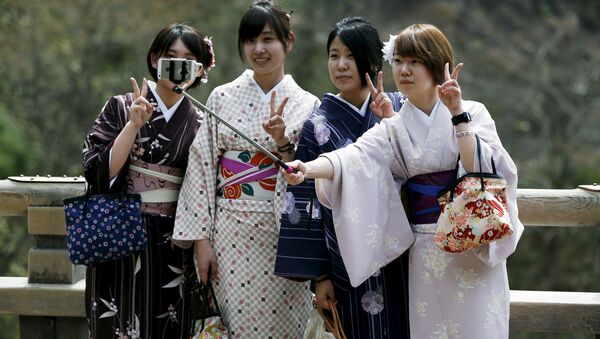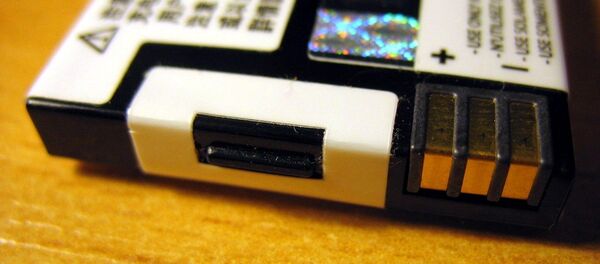The first selfie stick was invented in Japan 1983 as an additional accessory to Minolta Disc-7 camera, which was far ahead of its time, according to the gaming portal Kotaku.
The first selfie stick, called at that time Minolta Extender, was sold in one set with the remote-controlled shutter release button.
The spherical mirror of the camera and the Minolta Extender were extra designed for self-portraits. Noteworthy is, however, that the latter was later on considered a “useless device,” being mentioned in the book "101 Useless Inventions of the Japanese," which was published in 1995.
The selfie stick is a popular accessory that allows a person to take self-pictures by his or her smartphone or camera at a distance of the normal range of the arm. The stick has been criticized by many countries and banned from use in sporting events, museums and concerts for safety reasons.




